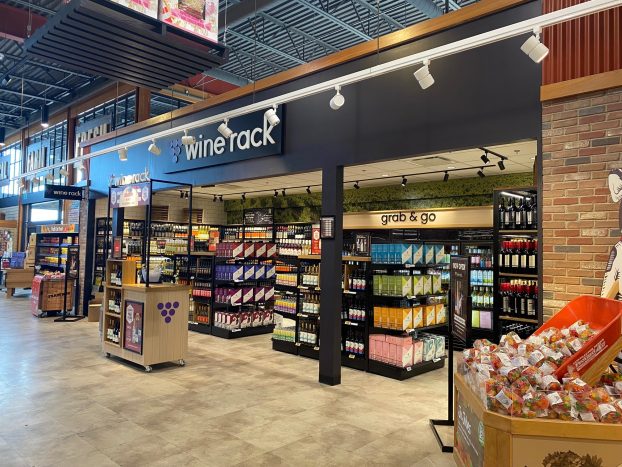The Home Depot Canada Foundation has been fighting to prevent and end youth homelessness in Canada for more than a decade. Yet the charitable foundation has typically shied away from promoting its work, believing that concrete action should always come first, says Doug Graham, a foundation board member and VP of marketing and ecommerce at The Home Depot Canada.
That hasn’t changed much with last week’s launch of TradeWorx, a new $1 million investment to help youth experiencing homelessness gain access to careers in the trades.
But, Graham says, the organization has begun to consider the need to raise more public awareness of its causes – a shift in mindset reflected in its decision to use, however sparingly, a TradeWorx launch campaign in its external messaging.
[iframe_youtube video = “3Ptce8Knxzo”]
Founded in 2009, the Home Depot Canada Foundation has pledged $50 million to help prevent and end homelessness by 2022. At the start of 2021, it had already distributed $38 million through initiatives focused on housing, employment and life skills, prevention and research.
TradeWorx brings a new degree of focus on employment, says Graham. It will enable marginalized youth to develop skills they can use to find meaningful long-term employment, while also addressing a gap in the labour market for skilled trades. Through the program, the foundation will work with its partners and vendors to provide social and financial support to youth experiencing homelessness, as well as training in areas including electrical, plumbing and carpentry, ultimately helping them become certified tradespeople.
In the past, the foundation has taken a “more conservative, smaller approach” to this specific issue, Graham says. “Given the need, we wanted to lean in a little deeper.”
The Home Depot Foundation has always relied on its regional partners and vendors for support, and this time is no different, he says. Naturally, a robust internal campaign was created to help drum up support for TradeWorx. A campaign video developed by FCB and animated by Linetest has already been widely used in meetings with Home Depot store managers and vendors and shared with store associates.
However, this time, Graham says the intention was to also eventually share the spot with a broader audience, more with the goal of raising awareness of the issue than to position its affiliated retailer as a leader in CSR.
As such, the foundation made creative choices that reflect that external thinking. The choice of animation not only helped conceal the ethnicity and gender identity of Taye, the lead character, so that “all you see is an individual,” Graham says, but also to enable people to “see into it what they were looking for, they could relate to it in their own way.”
It landed on a more uplifting and empowering message intended to resonate with a younger audience that is more socially conscious and more likely to donate to the cause. And it stripped back most Home Depot branding, keeping only select white-on-orange visual cues, to help a general audience recall and learn more about the organization behind TradeWorx.
The campaign will receive PR support and appear on social, display, owned and partner channels over the next few months.
“We’re more aware of [the need to be more public-facing], and there’s an openness to it,” says Graham. “Authenticity is so important to us, though. We don’t want to do it in a way that feels like we’re trying to tell people who we are without them feeling it.”
He says the organization believes communicating externally will help it raise more funds, help more youth and ultimately “do better work in our communities.”
But its primary focus will remain doing the work before marketing around it, Graham says.
“If it comes across as chest-beating or anything like that, it’s absolutely what we won’t and don’t want to do. So I would say we’ll likely always be less visible than other organizations because of that fear of inauthenticity. It matters to us. So we want to do it, whether people know about it is kind of secondary to it.”
























